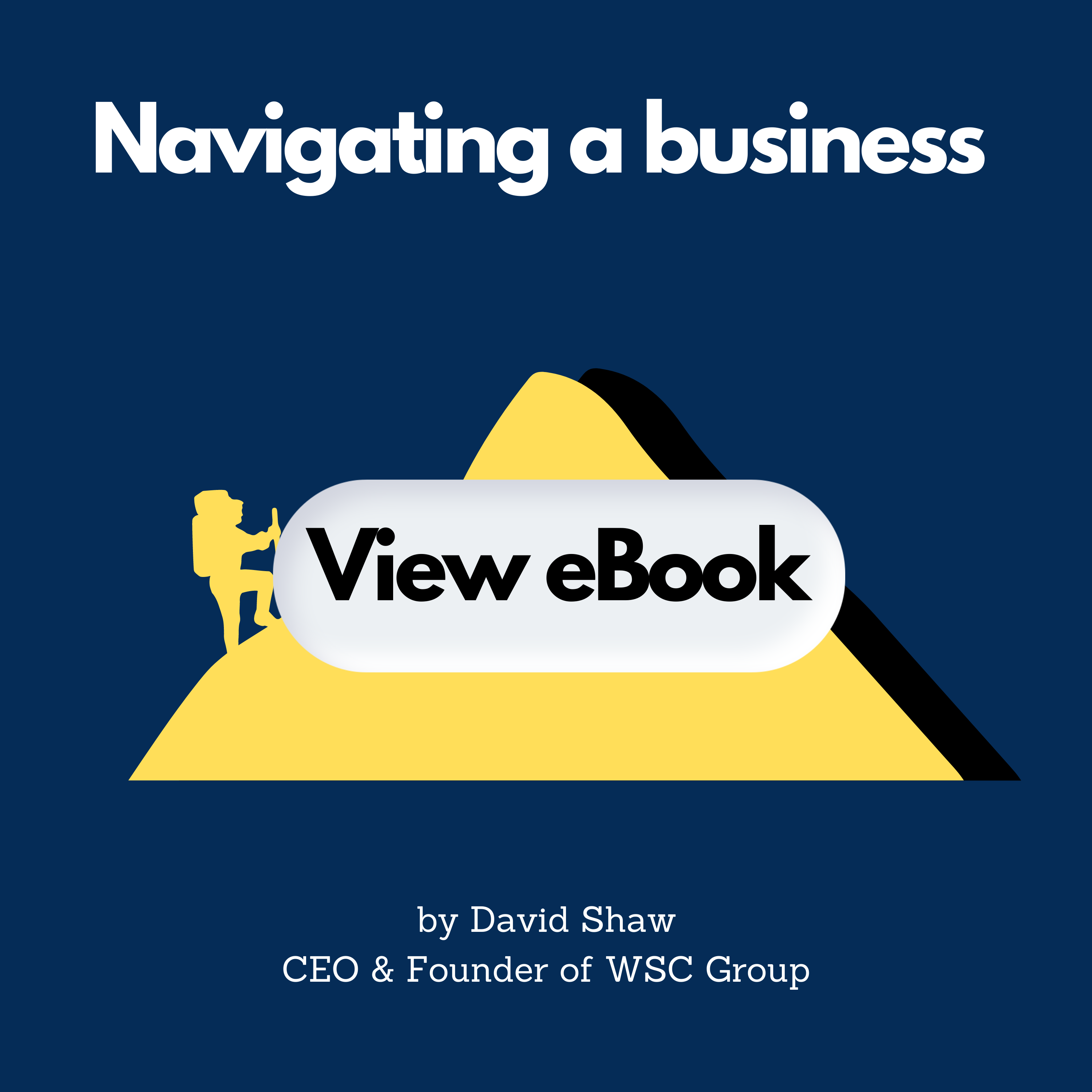Market Wrap
Economic and market overview
- Investors continued to focus on persistently high inflation. Interest rate hikes so far appear to have had a limited impact on pricing pressures.
- The likelihood of additional increases in borrowing costs saw bond yields rise further in key regions. This resulted in negative returns from fixed income markets.
- Equities struggled too, given the increasing probability of economic recessions in major markets. The bellwether S&P 500 Index in the US fell to its lowest level in nearly two years.
Australian shares lost ground too, with the S&P/ASX 200 Index closing the month 6.2% lower.
US: Headline inflation in the US was a little higher than expected in the month of August, running at an annual rate of 8.3%. This was a concern given the amount of policy tightening that has already occurred. It also suggests inflation might be stickier in nature than previously anticipated.
- In turn, there was speculation that official interest rates will have to be raised further. Borrowing costs were increased by 0.75 percentage points during September, but consensus forecasts suggest interest rates will be raised by a further percentage point, at least, before the end of this year.
Treasury yields continued to rise against this background, resulting in unfavourable returns from US and global bond markets.
Australia: At an annual pace of 3.6%, GDP growth in the June quarter was slightly stronger than expected. The key focus remained on inflation, however, both domestically and offshore, and the likely response of central banks around the world.
- The Reserve Bank of Australia raised official interest rates by half a percentage point in September, to 2.35%. Further increases by year end have been priced in to the market, starting with another hike in early October.
More than 33,000 new jobs were created in August, which was encouraging following the surprise drop in employment in July.
New Zealand: GDP growth slowed in the June quarter, as anticipated, but remained in positive territory. The economy expanded at an annual pace of 0.4%, boosted by tourism. Consumer spending remained weak, however, suggesting the positive momentum could moderate in the months ahead.
Business and consumer confidence levels have dipped, owing to sharply higher interest rates. Borrowing costs are expected to rise again – most likely by half a percentage point – when the Reserve Bank of New Zealand meets again in early October.
Europe: CPI in the Euro-area quickened in September, to an estimated annual rate of 10.0%.
- Against this background and as anticipated, the European Central Bank raised interest rates by 0.75 percentage points.
- A major gas pipeline running from Russia to Germany was damaged, following alleged acts of sabotage from Russia. This raised fresh concerns about energy supply disruptions in the northern hemisphere winter, which could result in rationing for households and businesses. The associated risk of factory closures threatens to erode GDP growth and could contribute to a recession in the region next year. According to a Bloomberg poll, there is now an 80% probability of recession in 2023.
- A ‘mini budget’ was released in the UK, following the appointment of a new Prime Minister. A range of tax cuts were announced, designed to boost spending and help support economic activity levels.
- Some observers suggested the Bank of England might need to raise UK interest rates to nearly 6% next year to offset the anticipated inflationary impact of the tax cuts.
- Government bond yields skyrocketed in response, rising above 4.50% after starting the month around 2.80%. This move threatened the stability of pension funds, owing to adverse mark-to-market valuations of their long-dated bond holdings.
- Facing a potential financial crisis, the Bank of England announced it would start buying long-dated gilts with immediate effect to help restore market stability.
Sterling also weakened to all-time lows against the US dollar, before regaining some of its lost ground towards month end.
Asia/EM: China’s perseverance with a ‘zero Covid’ policy continues to weigh on the economic outlook. Early releases of data for September highlighted a sharp drop in consumer spending. The manufacturing sector is also struggling against a background of weakening global demand for Chinese goods.
- Economic growth for the 2022 year as a whole will almost certainly fall short of the government’s 5.5% target. Consensus expectations indicate annual GDP growth could be below 4% this year, with only a modest improvement anticipated in 2023.
- Currency volatility is further complicating the outlook – the Chinese yuan declined to its lowest level against the US dollar since 2008 during September.
- The Japanese yen also continued to sink against the greenback, which prompted the Bank of Japan to intervene in foreign exchange markets. The yen has now fallen to its lowest level in nearly 25 years, partly due to Japan’s reluctance to raise official interest rates.
- In Hong Kong, Covid restrictions continued to be eased. Mandatory hotel quarantine for inbound travellers was scrapped and social distancing rules were amended, with larger groups now able to gather at restaurants and other entertainment venues. Despite this encouraging development, growth concerns in China and the Asia Pacific region more broadly weighed on the performance of the local share market.
- The Russia/Ukraine war continued, with Russia annexing four former areas of Ukraine and claiming them as part of Russia at a ceremony towards the end of the month. President Putin also mobilised up to 300,000 reserve troops and dialled up threats of a nuclear response against countries if they intervene in the conflict. Unfortunately, the crisis appears far from over.
Australian dollar
- The Australian dollar slumped 6.2% against the US dollar over the month. This primarily reflected US dollar strength, rather than serious weakness in the Australian dollar. The exchange rate closed September at 64.3 US cents. This was the lowest level since the Covid crisis more than two years ago, when the Australian dollar briefly traded as low as 57.4 US cents.
- The AUD also weakened modestly against other major currencies, with the dollar trade-weighted index declining 2.8%.
Australian equities
- Australian shares moved lower as sticky inflation concerns, rising bond yields and lower commodity prices hampered all 11 sectors in the S&P/ASX 200 Accumulation Index.
- The Utilities sector (-13.8%) fared particularly poorly, with energy and gas retailers Origin Energy, APA Group and AGL Energy falling 15.8%, 13.5% and 9.7%, respectively.
- On the other hand, despite sustained commodity price pressures in light of a stronger US dollar, the Materials sector fared better than its peers, declining ‘only’ 2.3%. Lithium miner Pilbara Minerals was the best performer in the sector, hitting a record high share price.
- The Energy sector closed 3.8% lower, reflecting poor returns from constituents including Karoon Energy (-15.0%) and Ampol (-13.7%). These stocks muted the impact of strong gains made by New Hope Corporation (+28.4%) and Whitehaven Coal (+18.9%). Both coal miners released solid full year results given elevated thermal coal prices.
- All sectors in the in the S&P/ASX Small Ordinaries Index also posted losses, with the Index slumping 11.2% over the month. The Materials and IT sectors were the largest detractors in the small cap space, returning -14.3% and -12.6%, respectively.
Listed property
- Global property securities also struggled, with the FTSE EPRA/NAREIT Developed Index returning -6.5% in AUD terms.
- Macroeconomic concerns continued to hinder investor sentiment. Central bank rhetoric and volatility in bond markets dominated headlines, with large rate hikes occurring in most regions. Policymakers also affirmed that further monetary policy tightening is likely in key regions in the months ahead.
- The best performing regions included Japan (-3.0%), Singapore (-7.0%) and Hong Kong (-8.2%). These markets continue to demonstrate better defensive characteristics and lowersensitivity to higher inflation and rising interest rates than their European and American peers.
- Laggards over the month included Sweden (-18.9%), Germany (-17.6%) and the United Kingdom (-17.5%).
Global equities
- The increasing probability of recession in major economies owing to rising borrowing costs and secondary impacts of Russia’s invasion of Ukraine weighed on share markets.
- There were reports of heavy selling and substantial outflows from equities in most major regions.
- In the US, the S&P 500 Index shed 9.2%. As a result, the Index registered a third straight quarter of declines and is now down by around 25% in the calendar year to date.
- Technology stocks weakened too, with the NASDAQ declining 10.5%. Losses in 2022-to-date are now more than 32%.
- As well as the sombre economic outlook, news from large tech companies was generally downbeat. Apple announced it would scale back planned production of the new iPhone 14, for example, amid reports of subdued demand.
- European bourses closed the month sharply lower too, amid ongoing concerns about growth in the region. There is a realistic chance of energy disruptions in the coming winter, with Russia already allegedly limiting gas supplies. − The Euro Stoxx 50 Index closed the month 5.7% lower, with French, German, Swiss and Spanish stocks all down sharply.
- The FTSE 100 Index in the UK fell too, albeit by slightly less than other major markets in the region. Most of the largest stocks in the Index are multi-nationals, many of which derive the majority of their revenues overseas. A weaker pound should therefore boost profitability when these earnings are translated back into sterling terms.
- Asian markets were hampered by Chinese growth concerns. China’s CSI 300 closed the month 6.7% lower, and there were even more substantial losses in Hong Kong – the Hang Seng dropped 13.7% and has now lost around 45% of its value since March last year.
Global and Australian Fixed Income
- September was another month of heightened volatility in fixed income markets. Yields closed meaningfully higher in all major regions, resulting in negative returns from bonds.
- Ten-year US Treasury yields climbed 64 bps, to 3.83%, as officials indicated they are willing to tolerate a recession as long as higher interest rates are effective in bringing inflation under control. The federal funds rate was raised by 0.75 percentage points, to between 3.0% and 3.25%. More importantly, further policy tightening is anticipated before year end – consensus forecasts indicate borrowing costs will have been raised to around 4.5% by mid-2023.
- Government bond yields continued rising in Europe too. The yield on 10-year German bunds closed September 57 bps higher, at 2.11%. Again, this reflected a 0.75 percentage point move in official interest rates and anticipation of further policy tightening in the months ahead.
- The most significant volatility was seen in the UK gilt market. The unexpected announcement of tax cuts in the government’s ‘mini budget’ prompted suggestions that interest rates will have to be raised very significantly to help offset anticipated inflationary impacts of looser fiscal policy. Gilt yields skyrocketed as a result.
- Despite a pull-back towards month end, following intervention by the Bank of England, 10-year yields soared by 129 bps over the month, to 4.08%. Such a sharp upward move in a short space of time resulted in very poor returns from longer-dated bonds, in particular, and threatened the stability of pension funds, which are typically large owners of long-dated government securities.
- Whilst negative for local bond prices, moves in the Australian bond market were comparatively subdued. Yields on 10-year Commonwealth Government bonds increased ‘only’ 29 bps over the month; less than the 0.50 percentage point increase in official interest rates. This suggests investors are starting to moderate their ‘terminal rate’ expectations, i.e. the maximum level of interest rates anticipated in the current cycle.
Global credit
- Credit spreads were stable for the first three weeks of September, but widened quite sharply towards month end. This unfortunately resulted in negative returns from corporate bonds.
- Like in equity markets, the increasing probability of recession in major economies in 2023 has un-nerved investors. For now, default rates remain very low by historic standards, although it seems reasonable to assume that some companies will struggle as economic activity levels moderate and as higher borrowing costs start to bite.
- Again, European issuers underperformed their US counterparts. This reflected concerns about disruption to gas supplies, the possibility of energy rationing, and the associated impact on the outlook for economic activity levels and corporate profitability.
- There was a strong flow of new issuance early in the month, as companies responded to healthy investor demand for credit. Nearly US$36 billion of new bonds were issued in a single day, for example, which was the largest single-day issuance volume this year and the second largest ever. Volumes tailed off into month end, however, as an uptick in market volatility prompted some firms to postpone planned issuance.













